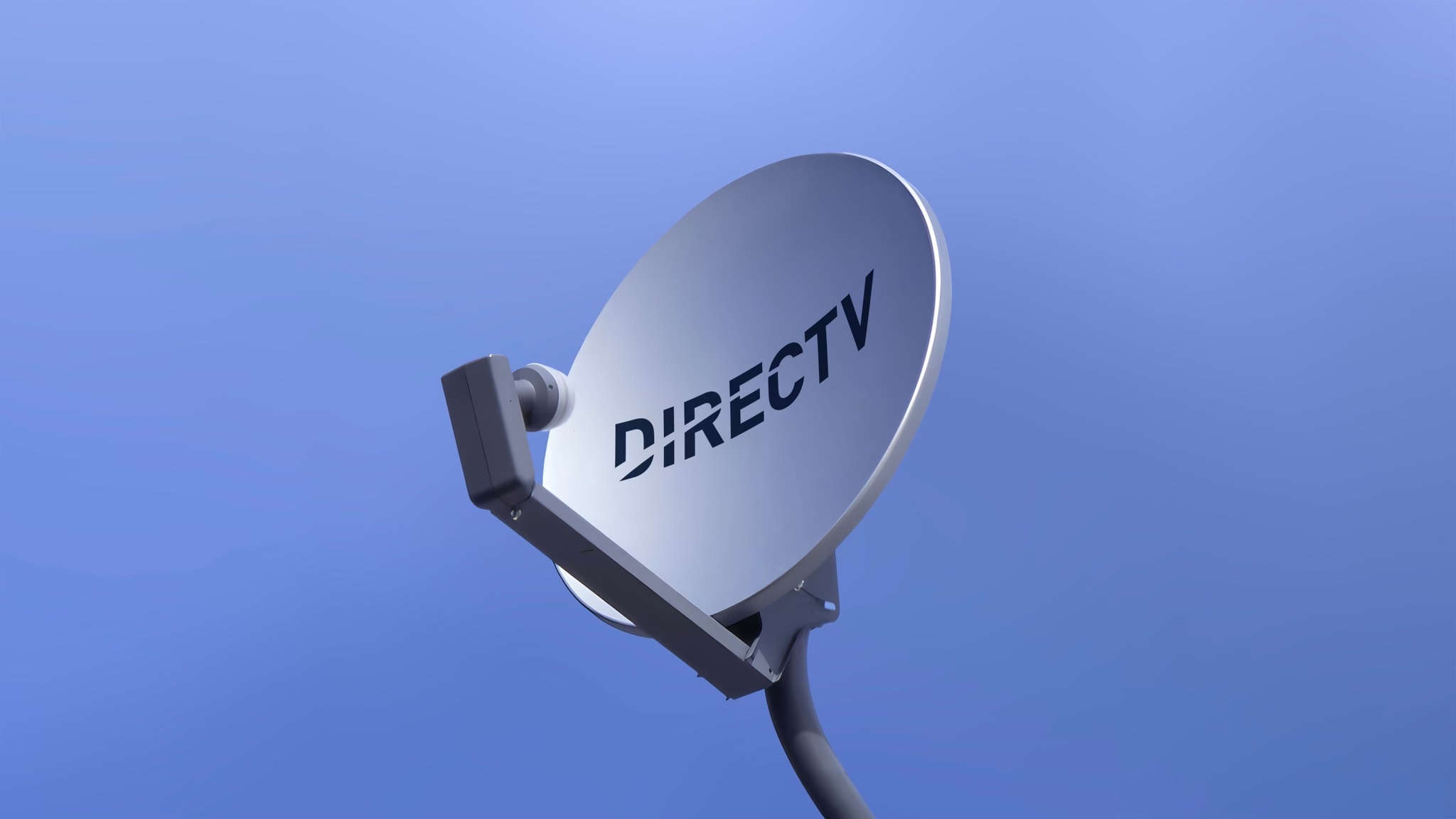FCC Distributed Transmission System (DTS) rules are now in effect. The FCC is accepting applications in CDBS. There is a new Form 301 – Application For Construction Permit for A Commercial Broadcast Station.
While applications have to be filed electronically, the PDF version is useful in determining the information needed for a DTS. A new DTS Engineering Section III-E adds several items for certification.
Stations wanting to employ DTS technology must certify that the combined coverage from all of the DTS transmitters will encompass all of the station's authorized service area, provide required service to the allotted principal community and be contained within either the DTV station's Table of Distances area or its authorized service area, "except where such coverage is of a minimal amount and necessary to meet the requirements of 47 C.F.R. Section 73.626(f)(1)."
Stations must also certify each DTS transmitter's coverage will be contiguous with at least one other DTS transmitter's coverage and that each DTS transmitter will be located within either the station's Table of distances area or its authorized service area. Applicant's must also certify that the combined root-mean-square (RMS) field strength of its DTS transmitters will not cause interference to other stations beyond what is allowed by FCC rules. This last requirement could be difficult.
Propagation software used for FCC interference studies will have to be modified to analyze interference from combined transmitters. The FCC has not released the code for the software it will use for its interference analysis. From what I've heard this week, none of the popular software for doing OET-69 interference analysis has the ability to do OET-69 RMS combined interference studies, although I'm sure some consulting engineers have figured out ways to work around these limitations.
It is important to note that there is an option to state "no" to any of the certification questions and provide an explanation of why that section should not be applicable.
As readers of my RF Technology column in TV Technology know, I've long argued that the FCC coverage and interference studies should be based on actual antenna elevation patterns, at least in cases where mechanical beam tilt is proposed. The use of the "horizontal plane" azimuth pattern without consideration of the correct depression angle and antenna elevation pattern has caused huge errors in predicted signal levels in markets with high elevation antenna sites such as Los Angeles. This is evident in the results from the new DTV signal prediction tools on the FCC's Web site.
Fortunately, for DTS antennas, the FCC now requires submission of antenna elevation pattern data. For high elevation sites, this will allow far more accurate coverage and interference studies. Unfortunately, the patterns have to be submitted with the application in Microsoft's Office Open XML spreadsheet format. I'd prefer a more generic format like a csv text file, a more open format such as the Open Document spreadsheet format, or even an older Microsoft Excel spreadsheet format compatible with a wider range of software.
It is important to understand that there are different types of DTS configurations. One utilizes two or more smaller DTS transmitters to cover the entire service area. The other, which is likely to be more common, utilizes one primary transmission site with additional transmitters to improve coverage in shadowed areas or communities far from the transmitter site.
See Report and Order FCC 08-256 for more information on the FCC DTS rules as well as the new Form 301 – Application For Construction Permit for A Commercial Broadcast Station.
The professional video industry's #1 source for news, trends and product and tech information. Sign up below.

Doug Lung is one of America's foremost authorities on broadcast RF technology. As vice president of Broadcast Technology for NBCUniversal Local, H. Douglas Lung leads NBC and Telemundo-owned stations’ RF and transmission affairs, including microwave, radars, satellite uplinks, and FCC technical filings. Beginning his career in 1976 at KSCI in Los Angeles, Lung has nearly 50 years of experience in broadcast television engineering. Beginning in 1985, he led the engineering department for what was to become the Telemundo network and station group, assisting in the design, construction and installation of the company’s broadcast and cable facilities. Other projects include work on the launch of Hawaii’s first UHF TV station, the rollout and testing of the ATSC mobile-handheld standard, and software development related to the incentive auction TV spectrum repack. A longtime columnist for TV Technology, Doug is also a regular contributor to IEEE Broadcast Technology. He is the recipient of the 2023 NAB Television Engineering Award. He also received a Tech Leadership Award from TV Tech publisher Future plc in 2021 and is a member of the IEEE Broadcast Technology Society and the Society of Broadcast Engineers.
